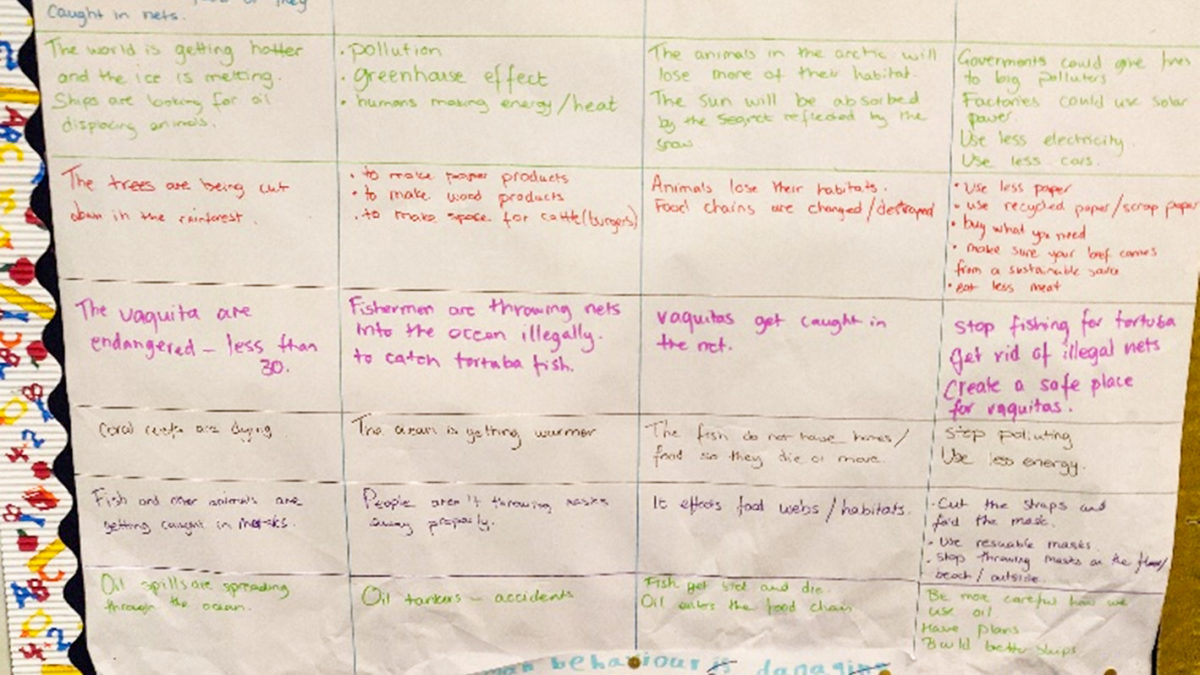Transdisciplinary Theme
How We Express Ourselves
Central Idea
People express their ideas, feelings and culture through the arts.
Lines of Inquiry
- The different ways artists interpret what they see, think and believe
- How artists use technique to convey a message
- How audience members appreciate art and perceive messages
If you had a bowl of fruit, what would it look like? Would it hold just one kind of fruit or many different kinds? Would the fruit be whole or chopped? What would the bowl and basket look like? How would you choose the fruits to add in your bowl?
To introduce our new unit of inquiry, How we express ourselves, Grade 3 created their own piece of art with the title, Fruit Bowl. After following a short video tutorial on how to draw a fruit bowl, the students were encouraged to create their own artwork. This was an opportunity for them to be creative and explore different materials in their environments.
We saw so many interpretations of a fruit bowl which led to fantastic discussions about what is art and how does different art make us feel.
Here are some of the great fruit bowls that were created by Grade 3. We hope you enjoy them!

